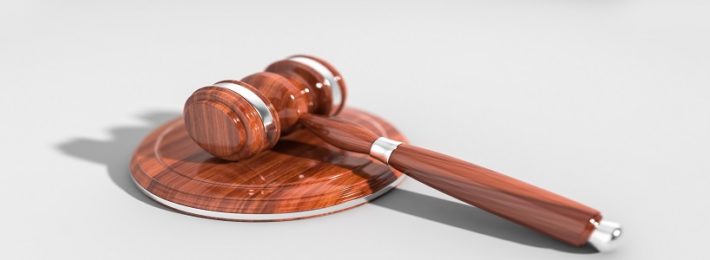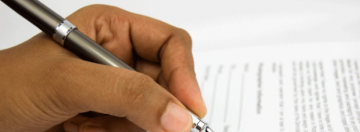Self-Defense Claim for Shooting Doesn’t Hold Water – Clearance Denied

Most states have laws where if you feel threatened – and are in fear of injury or death – you may use deadly force to defend yourself. Criminal defense attorneys use this argument to defend clients’ actions that may sometimes have exceeded the parameters of self-defense laws. In one of the more unusual security clearance appeal cases to go in front of the Defense Office of Hearing and Appeals (DOHA), this particular applicant tried using the self-defense argument to mitigate his criminal conduct. Here are the highlights of the case:
- In 2012 he fired a weapon into an unoccupied car and was charged with criminal damages. The case was resolved in civil court and he ended up paying for the damages. Alcohol was involved.
- Also in 2012, he was arrested and charged with attempted murder and aggravated assault for shooting an acquaintance in the face, pushing his body out of a car, and fleeing the scene. He was convicted of felony aggravated assault, served 28 months in prison, and completed probation in 2016. During the trial he claimed he was drunk at the time and got into an argument when a scuffle ensued and he ended up shooting the other party involved.
The applicant’s attorney at the appeal argued he was acting in self-defense when he shot his acquaintance and “may have gone too far” by pushing him out of the car. The DOHA judge noted the fact that this self-defense claim was not used during the criminal trial and the applicant pled guilty to the charges. This is a prime example of the misunderstanding some attorneys have when it comes to the difference in procedures and evidence in criminal proceedings versus administrative proceedings. In security clearance proceedings all that is required is relevant evidence that a reasonable person might accept as adequate indicating the incident or conduct occurred. Not surprisingly, the security clearance denial in this case was upheld.



Start the discussion